A good healthcare practice involves more than just medical knowledge. Patient satisfaction and retention are critical factors in any healthcare organization’s growth and sustainability. However, many practices have patient attrition, which can have a negative impact on their reputation, financial stability, and overall success.
There are several reasons that cause healthcare practices to lose patients. We will be discussing this below.
Subpar Customer Service:
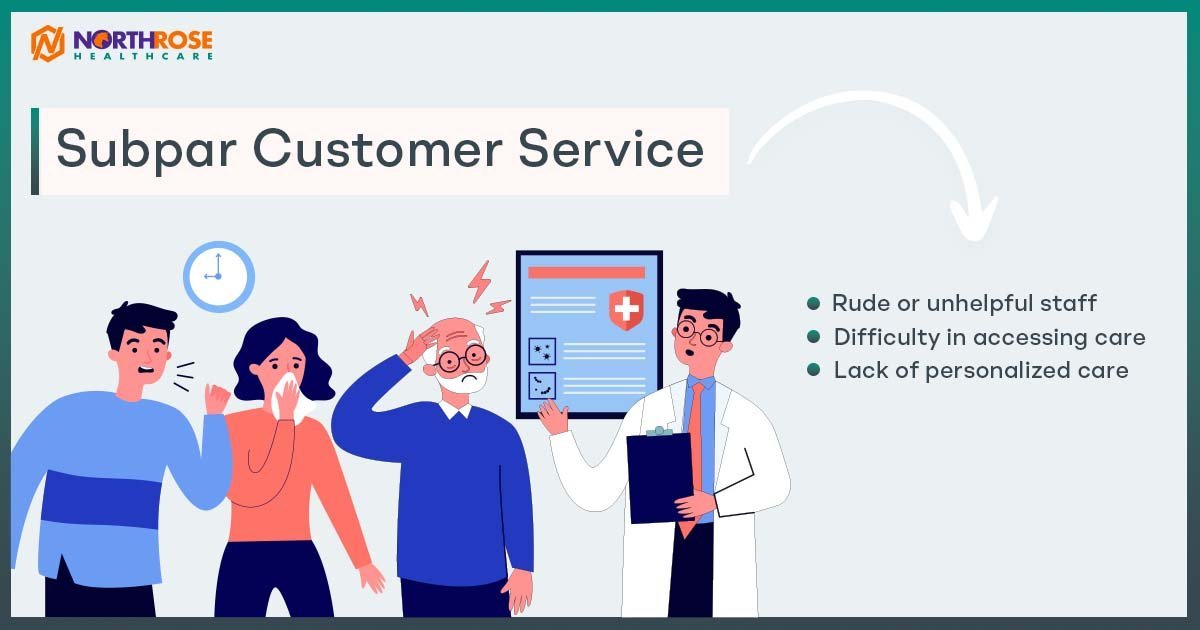
Outstanding customer service is a critical component of patient happiness. From making appointments to post-visit follow-ups, patients desire a great experience throughout their healthcare journey. Patient dissatisfaction often results from poor customer service. It is important to use result-driven patient acquisition marketing strategies that put focus on customer satisfaction.
According to a survey performed by Prophet, a worldwide consulting business, 60% of patients believe customer service to be an important component in selecting and being loyal to a healthcare provider.
Here are some examples of typical causes and how you can fix them:
- Rude or unhelpful staff: Patients recall interactions with hostile and unresponsive employees. Give your employees extensive training to ensure they have the appropriate interpersonal and communication skills. Encourage a patient-centered approach while emphasizing empathy and professionalism.
- Difficulty in accessing care: Patients may be discouraged from receiving care from you because of complicated appointment scheduling systems, limited availability, or exhausting paperwork. Streamline appointment scheduling, provide flexible hours, and consider introducing telehealth options to improve patient accessibility and convenience.
- Lack of personalized care: Patients want to know that their healthcare providers value and understand them. Create methods and practices that allow for personalized care, such as tailoring treatments based on patient feedback or installing electronic health records (EHR) systems that provide detailed patient histories to healthcare practitioners.
Inadequate Communication and Engagement:
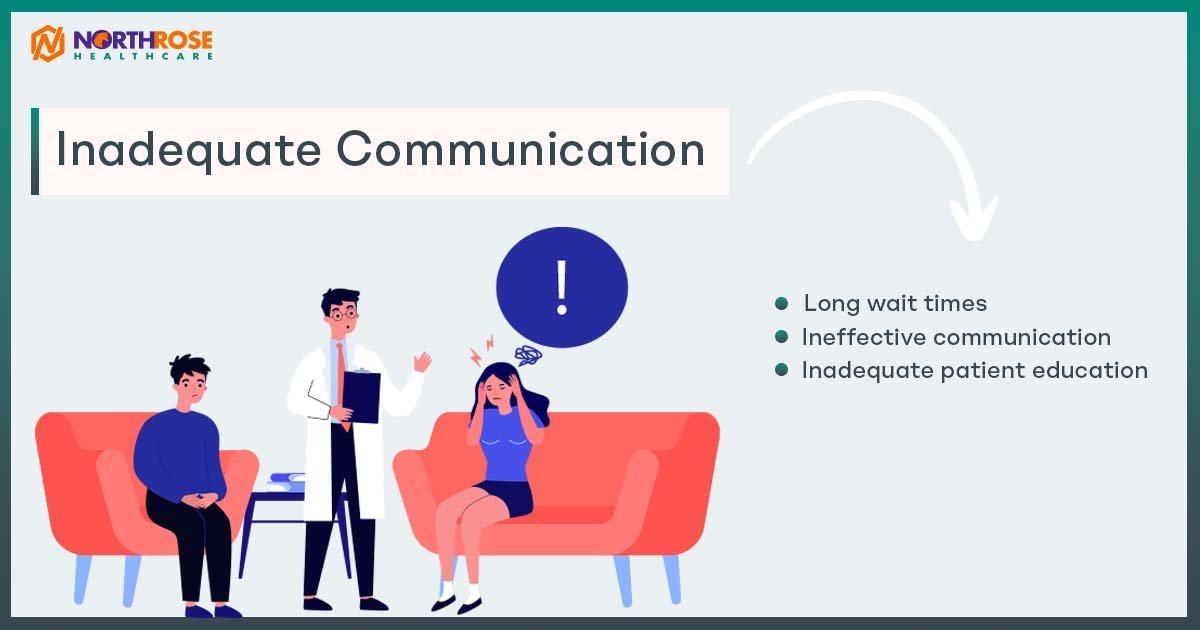
Inadequate communication and involvement are one of the top reasons healthcare practices lose patients. Patients expect their healthcare providers to communicate with them in a clear and timely manner. Frustration, dissatisfaction, and, eventually, patient loss can result from a lack of good communication. Some examples of this include:
- Long wait times: Prolonged wait periods could make patients feel unimportant and unappreciated. Patient satisfaction can be considerably improved by using techniques to reduce wait times, such as optimizing appointment scheduling or leveraging technology to give timely information.
- Ineffective patient-provider communication: Miscommunication between healthcare providers and patients can lead to misconceptions, non-adherence to treatment, and patient discontentment. Encourage open and empathic dialogue, actively listen to patients, and thoroughly address all questions and concerns.
- Inadequate patient education: Confusion, ambiguity, and disappointment can result from a lack of awareness. amongst patients. Provide patients with educational resources that are clear, and easy to understand, allowing them to take an active role in their medical care. To distribute educational content, make use of digital platforms such as patient portals and emailers.
Billing and Insurance Challenges:
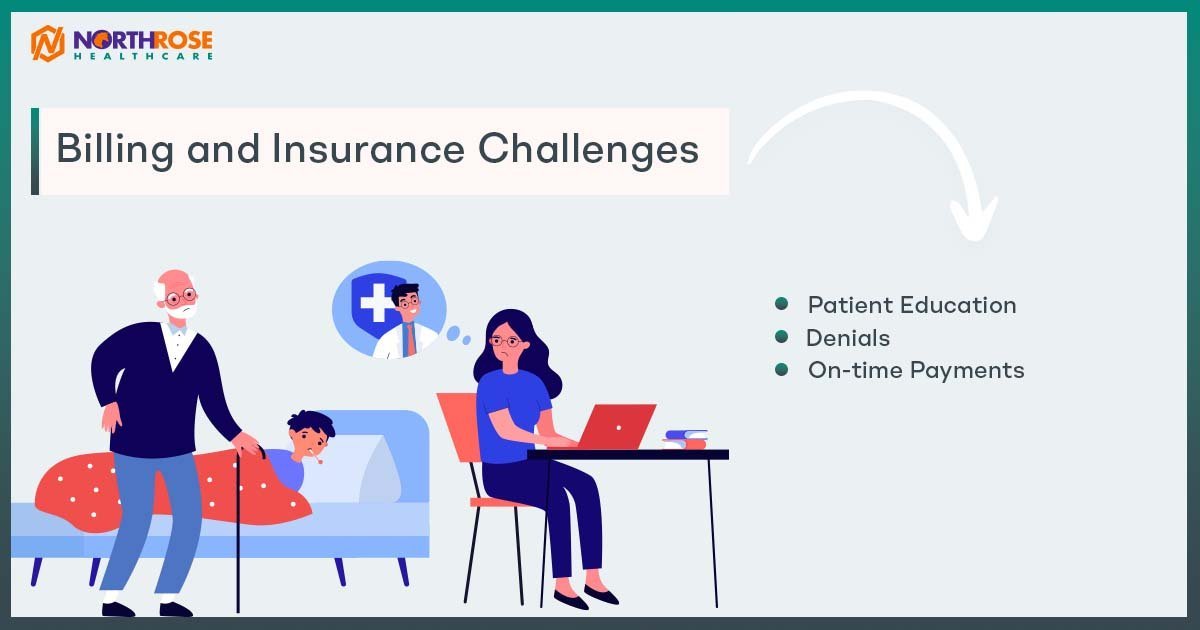
Complex billing systems and insurance-related concerns might cause patient unhappiness and, eventually, disengagement. When it comes to billing and insurance, patients want clarity and convenience. Did you know? According to a TransUnion Healthcare survey, 63% of consumers have received unexpected medical bills, and 68% had been confused by their medical expenses due to lack of clarity.
Due to complex systems and inadequate explanations, patients frequently struggle to understand their medical bills. Make sure your billing bills are clear, easy to understand, and include thorough descriptions of services rendered.
Many patients also struggle with insurance coverage and claims. Provide on-site or remote assistance to patients in order to help them understand their insurance benefits, explain coverage options, and resolve claim-related concerns.
Unexpected Costs:
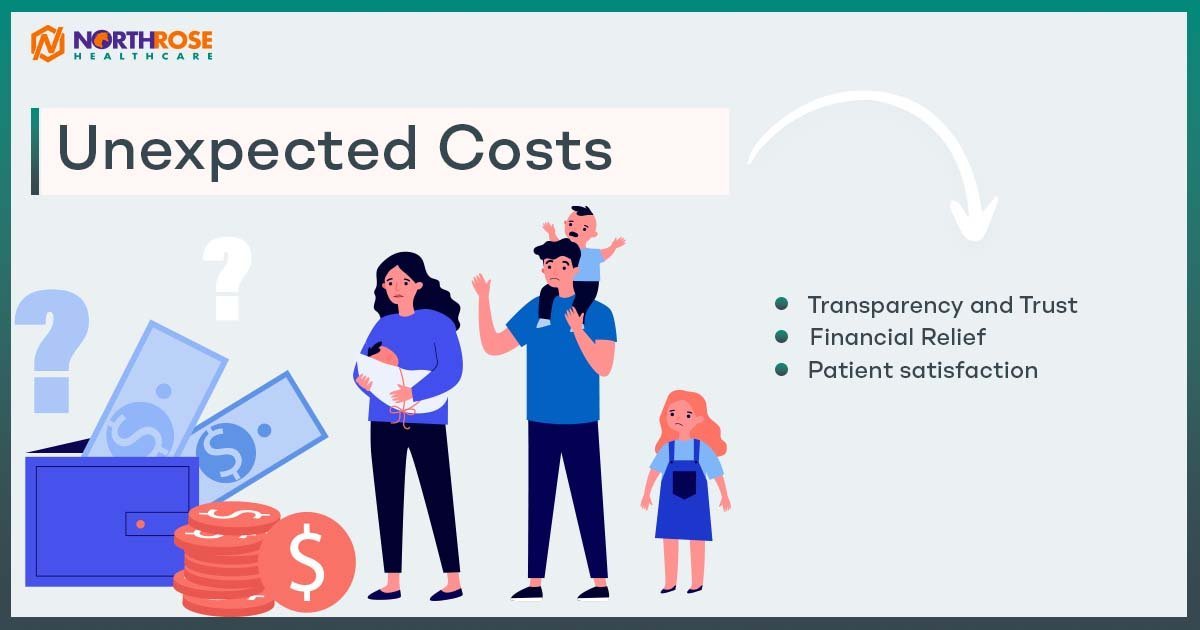
Unexpected costs can contribute to patient dissatisfaction and loss. To assist patients in making educated decisions, communicate treatment prices, and any out-of-pocket expenses upfront.
To relieve financial problems, discuss possible financing options or payment arrangements as well. This can make your patient feel more at ease with your practice and build trust.
Limited Access to Technology and Innovation:
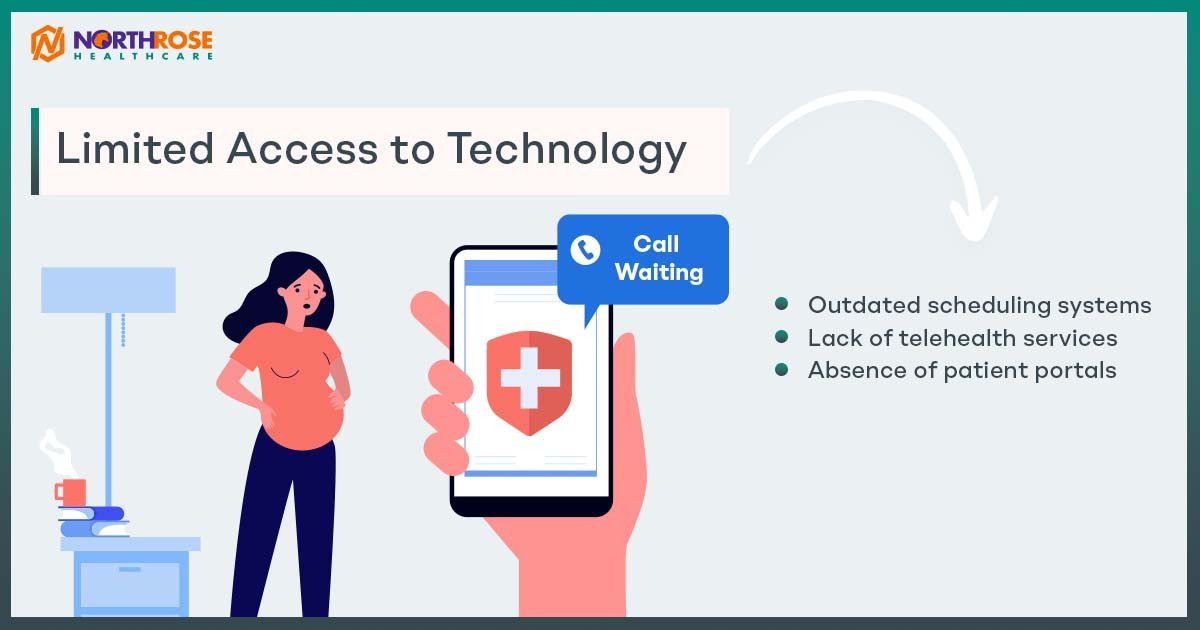
Patients want healthcare practices to embrace technology and harness creative solutions to improve their experience in today’s digital world. A failure to implement such advances can result in patient attrition. Take a look at the following causes and solutions:
- Outdated appointment scheduling systems: Phone conversations and in-person visits, for example, can be time-consuming and inconvenient for patients. Install an online appointment scheduling system that enables patients to simply book appointments, check availability, and receive automated reminders.
- Lack of telehealth services: Telehealth has grown in popularity due to its convenience and accessibility. Consider incorporating telehealth services into your practice and allowing patients to have virtual visits as needed. This allows patients to get treatment from the convenience of their own homes, increasing patient satisfaction and decreasing attrition.
- Absence of patient portals: Individuals can use patient portals to access their medical records, check test results, book appointments, and contact with healthcare providers. Implement a user-friendly patient portal and healthcare website to increase patient engagement and empower patients to take an active role in their treatment.
Poor Online Reputation and Reviews:
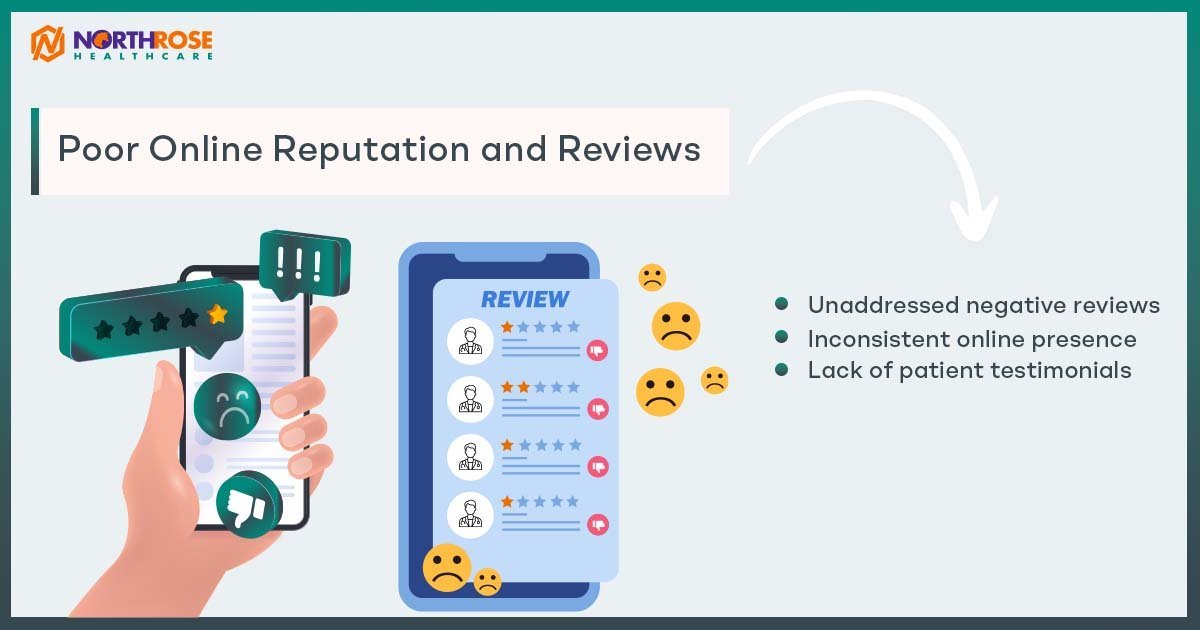
With the rise of internet platforms, social media platforms, and review websites, the online reputation of a healthcare practice can have a substantial impact on patient acquisition and retention. Negative reviews or a lack of an internet presence may cause prospective patients to seek care elsewhere. To improve your practice’s reputation, you should address the following issues and invest in a good online reputation management strategy:
- Unaddressed negative reviews: Ignoring or neglecting to respond to bad evaluations might harm your practice’s reputation even more. Respond to all reviews promptly and professionally, noting problems and offering a solution. This shows a dedication to patient pleasure and helps to lessen the impact of negative feedback.
- Inconsistent online presence: Before making a decision, patients frequently conduct online research on healthcare providers. Maintain an up-to-date website with relevant data, such as services offered, provider profiles, and contact information.Engage in active social media optimization and healthcare marketing to provide instructional information, address common concerns, and develop a feeling of community.
- Lack of patient testimonials and referrals: Positive patient testimonials and referrals can significantly influence the decision-making process of potential patients. Encourage satisfied patients to share their experiences through testimonials or online reviews. Implement referral programs to incentivize patients to refer their friends and family to your practice.Patient retention is essential for any healthcare practice’s success and growth. By addressing the key reasons for patient attrition outlined in this article, medical practices can improve patient satisfaction rates and retain patients.Healthcare practices can create an environment where patients feel appreciated, involved, and confident in their choice of healthcare provider by consistently concentrating on patient-centered treatment and aiming for excellence. Agencies like North Rose Healthcare devise result-driven campaigns and strategies to help practices meet their goals. With a consistent and custom plan, medical practices and watch their data improve significantly




